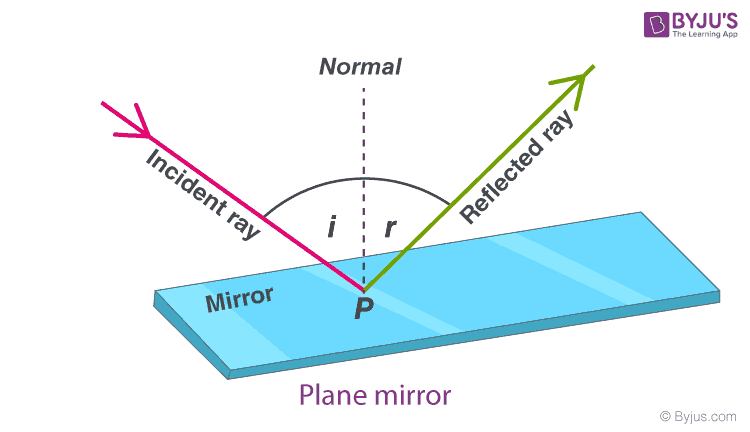

We keep the same interpretation for viscoelastic media. The correct interpretation was given by Henneke II (1971), who defined the critical angle θ C as the angle(s) of incidence beyond which the Umov–Poynting vector of the transmitted wave is parallel to the interface (see also Rokhlin, Bolland and Adler 1986). 9), the critical angle phenomenon is related to the condition s T 3 = 0, but, as we shall see below, this is only valid when the lower medium has p′ 46 = 0 (e.g., transversely isotropic). The pseudocritical angle θ P is defined as the angle of incidence for which the transmitted slowness vector is parallel to the interface. In anisotropic media, two singular angles can be defined depending on the orientation of both the propagation and the Umov–Poynting vectors with respect to the interface. There is then a complete analogy between the reflection–transmission problem for isotropic, lossless acoustic media of equal density and the same problem in electromagnetism, where the media have zero conductivity and their magnetic permeability are similar (perfectly transparent media, see Born and Wolf, 1964, p. On the basis of the acoustic–electromagnetic mathematical analogy ( Carcione and Cavallini, 1995b), the magnetic permeability is equivalent to the material density and the dielectric permittivity is equivalent to the reciprocal of the shear modulus (see Chapter 8). This property can be proved by using Snell law and equation (6.74) (this exercise is left to the reader). In the lossless case and when ρ = ρ′, the reflected and transmitted rays are perpendicular to each other at the Brewster angle, i.e., θ B + θ T = 90°. The condition Im( μ/ μ′) = 0 implies that the Brewster angle exists when Q H = Q′ H, where Q H = Re( μ′)/Im( μ′). Thus, the quality factor ( 4.126) for homogeneous waves in isotropic media is Q = Q H = Re( μ)/Im( μ). In isotropic media, the complex velocity (6.28) is simply v c = μ / ρ. For example, cot θ B is real for Im ( μ / μ′) = 0. The Brewster angle exists only in rare instances. However, each tiny bit of the surface still follows the rule that the angle of incidence equals the angle of reflection.(6.74) cot θ B = ± pv ρ ′ − ρ μ ′ / μ ρ μ / μ ′ − ρ ′ ,

Rough surfaces scatter sound and light in all directions.
:max_bytes(150000):strip_icc()/ReflectionLaw-5946c6dd5f9b58d58a2f2efc.png)
be focused to a point, eg sunlight reflected off a concave telescope mirror.The waves are reflected uniformly and light can form images. Smooth surfaces produce strong echoes when sound waves hit them, and they can act as mirrors when light waves hit them. The normal is an imaginary line at right angles to the plane mirror. Both angles are measured from the normal. The angle of reflection is equal to the angle of incidence.

Wave striking a water barrier and a ray of light striking a plane mirrorĪn incident ray of light hits a plane mirror at an angle and is reflected back off it. You can investigate the law of reflection using a light box, mirror and angle measurer. So, if a wave hits a mirror at an angle of 36°, it will be reflected at the same angle (36°). The angle of incidence equals the angle of reflection. Sound waves and light waves reflect from surfaces.


 0 kommentar(er)
0 kommentar(er)
